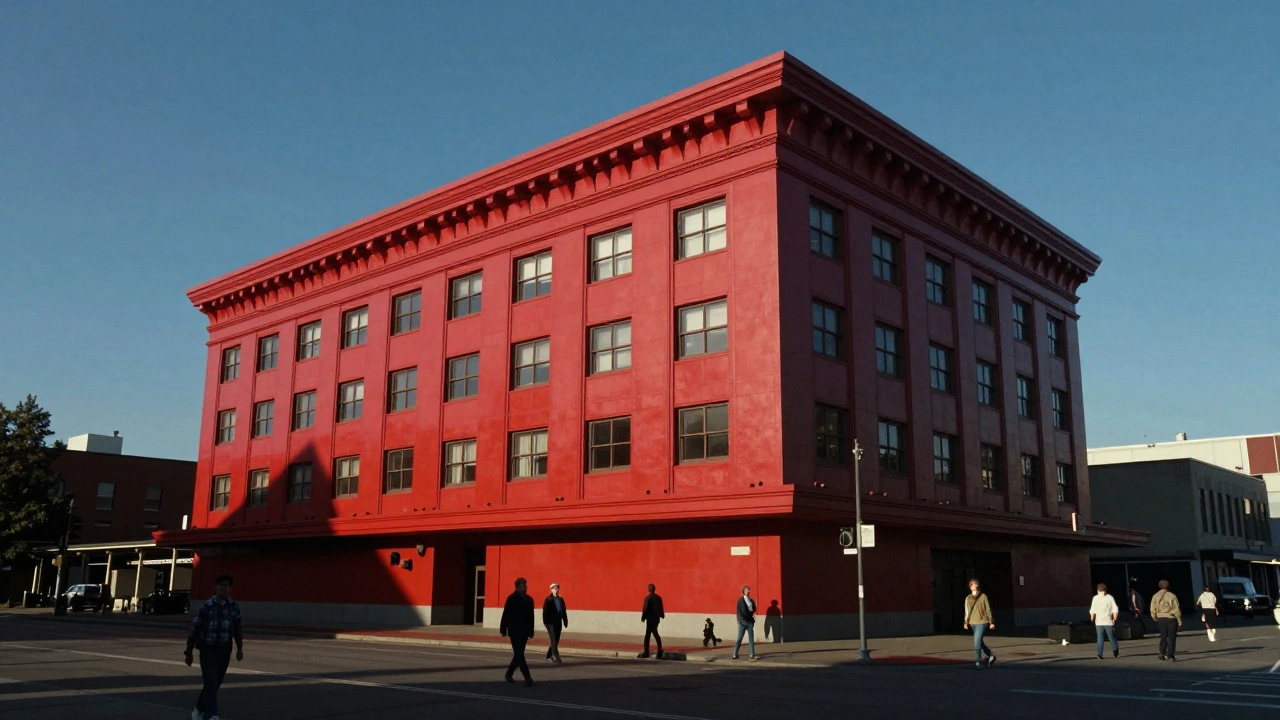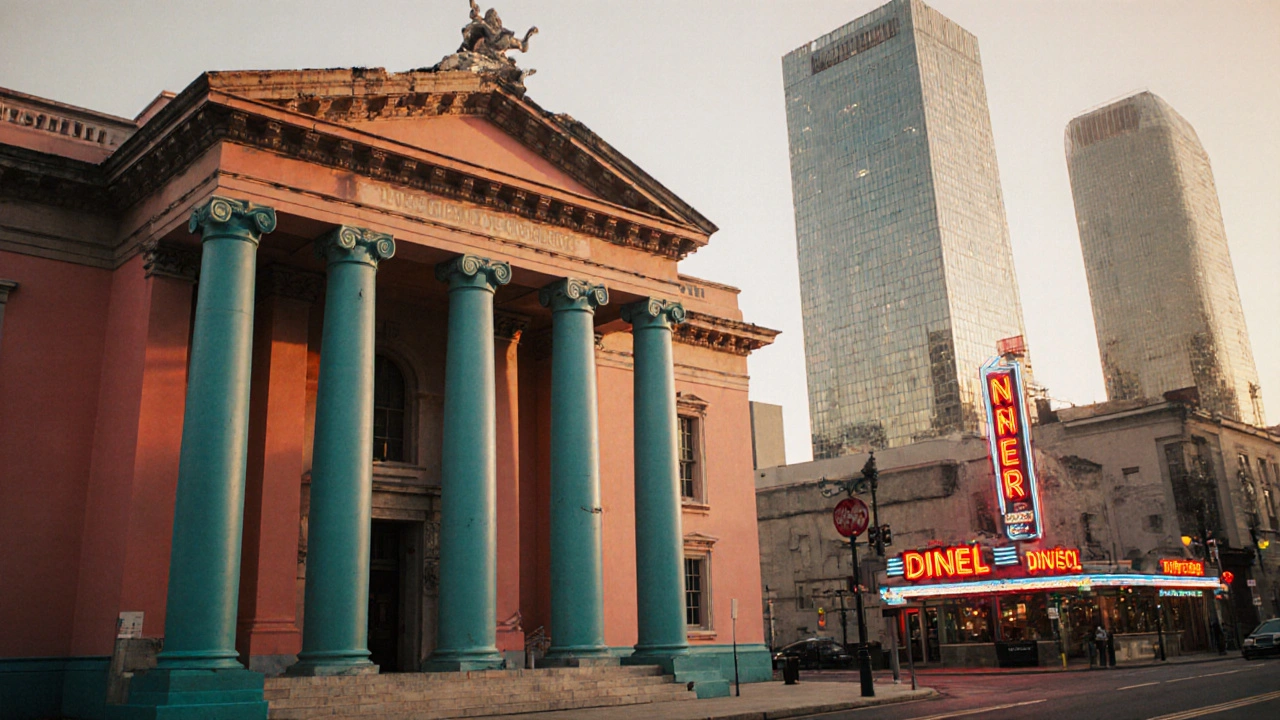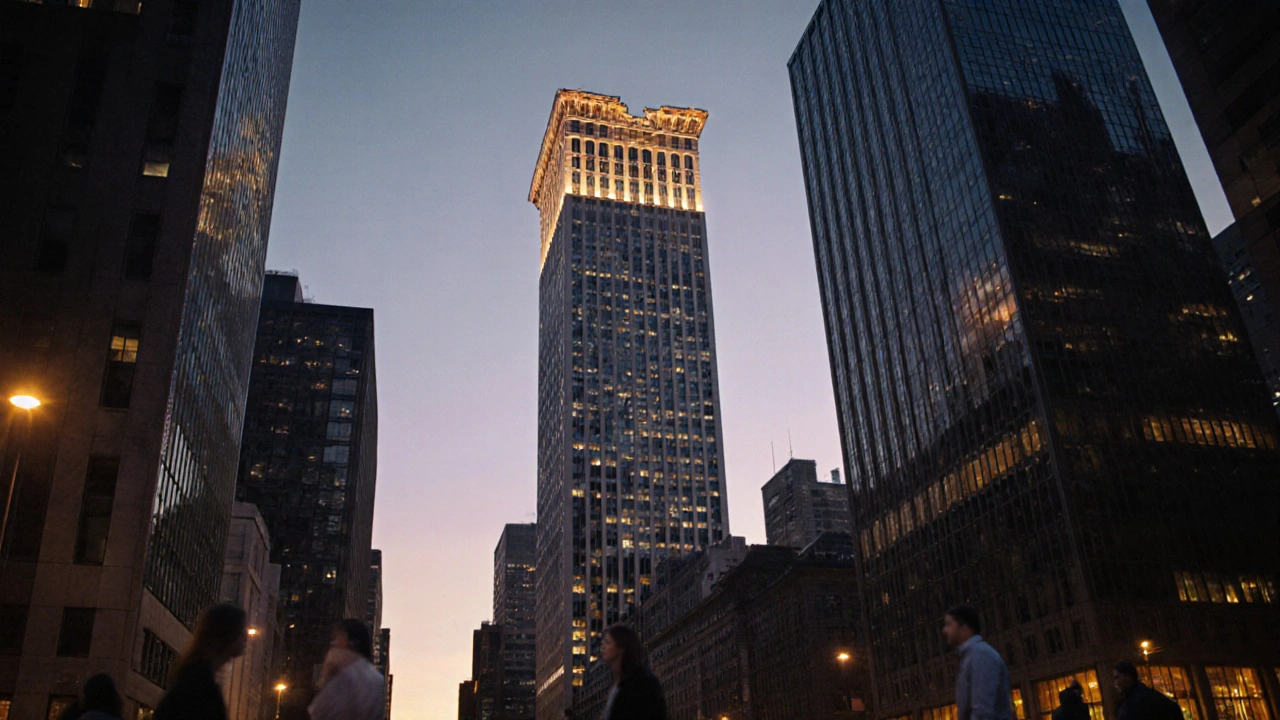Postmodern Buildings: Bold, Playful, and Unapologetically Different
When you see a building that looks like it’s wearing a joke—maybe it has a pediment shaped like a giant TV antenna, or columns that look like giant crayons—you’re looking at postmodern buildings, a style that rejected the cold simplicity of modernism and brought back ornament, color, and irony into architecture. Also known as postmodern architecture, it didn’t just build structures—it made statements. While modernist architects like Le Corbusier believed form should follow function and stripped away decoration, postmodernists said: why not have both? Why not build a bank that looks like a Chippendale cabinet? Or a phone company headquarters shaped like a broken column? It wasn’t about being practical—it was about being memorable.
Postmodern buildings don’t follow one rule. They mix things up. They borrow from Gothic arches, Greek columns, Art Deco zigzags, and even 1950s roadside diners. You’ll find them in cities like New York, Portland, and Tokyo, often standing next to glass towers that look like everyone else’s. But they don’t blend in. They shout. The postmodern design, a movement that challenged the idea that architecture had to be serious or minimalist. Also known as postmodernism, it didn’t just change how buildings looked—it changed how we think about them. It said history isn’t dead. Symbols aren’t outdated. And buildings don’t have to be boring to be functional.
Some of the most famous examples—like Philip Johnson’s AT&T Building in Manhattan with its broken pediment, or Michael Graves’ Portland Building with its giant colored brackets—are still debated. Critics called them kitsch. Fans called them brave. But whether you love them or hate them, you can’t ignore them. They brought personality back to the skyline. They made architecture feel human again.
What you’ll find in this collection aren’t just photos of weird-looking buildings. These are deep dives into the stories behind them: why architects chose certain shapes, how they pushed boundaries, and how these buildings still influence what we build today. From playful facades to ironic references, this isn’t about following rules—it’s about breaking them with style.

Postmodern Architecture: When Looks Trumped Function
Postmodern architecture challenged the cold minimalism of modernism with bold colors, historical references, and playful forms. But did it sacrifice function for flair? This is the story of when looks took center stage.
Read more
Postmodern Architecture: The Ultimate Fusion of Styles
Postmodern architecture breaks rules by mixing historical styles, bold colors, and playful forms. It rejects minimalism in favor of meaning, humor, and cultural references-creating buildings that tell stories, not just house them.
Read more
How Postmodern Architecture Changed City Skyscapes Forever
Postmodern architecture broke the rules of modernist design, bringing color, history, and humor back to city skylines. It made buildings tell stories-and changed how we experience urban spaces forever.
Read more